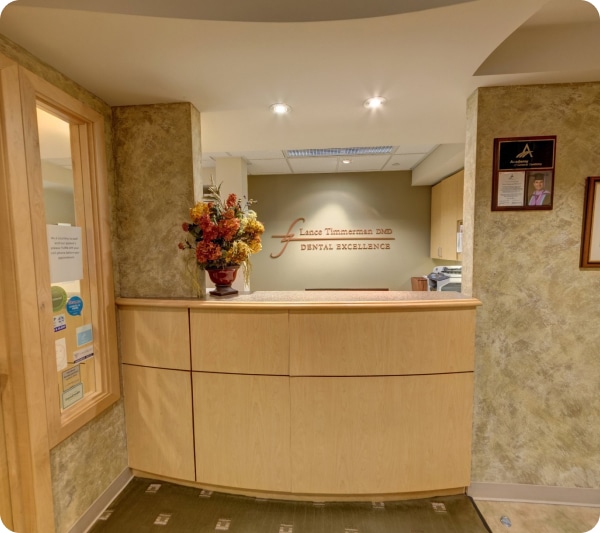Dental Implant Restoration Phases
Quite often, the BEST treatment is simply not appropriate RIGHT NOW. This can be due to a busy life, limited funds, fear of “lots of work at once”, and even a combination of these factors. Dental implant restoration phases breaks up treatment over time and can make it more affordable. The fee for dental implant treatment should be considered an INVESTMENT. This kind of treatment is not cheap, but since they last longer than most other dental treatment, it is usually considered cheaper in the long run. Nearly every form of implant treatment will exceed contributions from a dental benefit plan, so I do not encourage basing decisions on information from a dental plan. For whatever reason that YOU decide, it is the right decision for YOU.
Big Picture
Knowing the final goal from the beginning is important. Not only is width and length of implants a factor, but also the LOCATION. The location of implants will vary depending on the type of restoration they support, but can be different when planned. Implants to support a lower locator denture (“snap on“ denture) often are placed at the canine position (22 and 27 in the US). But an all-on-four procedure places the two front implants in the lateral/central area (23/24 and the 25/26 spots) since the other implants emerge from the tissues in the premolar region (20/21 or 28/29) or if enough bone exists, even in molar spots (19 or 30).
Mini Implants
One important distinction: TYPE of dental implant. Mini implants are those that are narrower than 3.0 mm. Since they are so thin, they are normally solid and traditional abutments cannot be attached. These implants are normally used with a single intention, from a ball shaped top (secure O rings) to locator interface (snap on attachments), and are not currently approved for supporting crowns or bridges, despite many dentists using mini implants “off label”.
Dental Implants Are Hollow
It may be important to know the geometry of dental implants. Originally they were smooth, hollow cylinders with threads inside so things could be screwed in place after “osseointegration” (bone fusing to implant). This is similar to devices used in home improvement when attaching something to walls (hanging a picture or shelf). The device attaches to the wall, the decoration attaches to the device.
Mini implants are like a nail or wood screw; they are not hollow. This means that by design they rise above the bone, but can complicate things. With implants that allow an abutment to attach, the abutment can correct many problems with angulation or length, so if a mini doesn’t go perfectly, the entire thing must be removed/replaced.
(The take home message is that in most offices, mini implants are very limited. In offices that do NOT view them this way, they are legally correct, but acting off label and is outside Dr Timmerman’s current comfort zone).
Dental Implant Restoration Phases Plan for Future Care
If treatment will be in phases, then implants for the first phase CAN be placed in the lateral/central area. The function won’t be the SAME as if they were where they “should” be, but certainly adequate. To play it safe, the implants can be placed but not USED until part of the final restoration. This would also be a significant savings due to lower lab fees.
Common beginnings
Nearly ALL implant cases start out the same way and have dramatically different outcomes, so some decisions don’t need to be made until further down the process.
A “normal” progression may look something like this:
- All, many, or some teeth in a condition needing removal
- Removal of teeth, grafting of sockets
- Healing dentures placed
- Two implants placed for locator denture
- New denture with locator frame
- Two more implants
- New restoration (Hybrid denture that is screwed in place? Deutsch Removable Bridge?)
- More implants as needed/wanted
- Different restoration as needed/wanted
Combining Phases
Sometimes we can overlap. An example is that at the time of extractions, implants may be placed. This saves time, but is not always an option. Or instead of two implants, four are placed. This eliminates the middle stages in the progression example above.
Every Case is Unique
Not every case is the same. Not every condition is the same. Each case is custom designed and usually discussed among colleagues to ensure the best possible outcome. This means that a “free consultation” is normally worth every penny, since most details that are of interest to most patients (Am I a candidate for dental implants? Will my case require extra surgery? How much will this cost?) can NOT be determined without a comprehensive and detailed exam. This requires not JUST the normal x-rays, but also CBCT (cone beam computed tomography) to look at the jaws in 3 dimensions, as well as photographs and sometimes impressions for study models. We DO offer free exams, but they usually lead to an exam, so we encourage simply starting with an exam.



